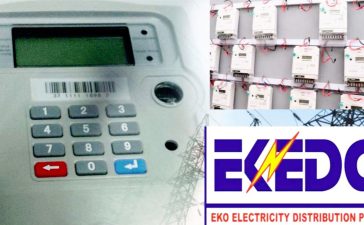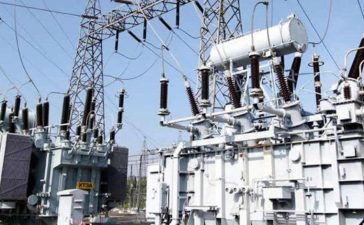In a decisive move to address the persistent collapse of Nigeria’s national grid, the Federal Government has unveiled plans to build a new “super grid” that aims to transform and stabilize the country’s power transmission network. This announcement was made by Bolaji Tunji, media aide to the Minister of Power, Adebayo Adelabu, in a statement shared with reporters on Tuesday.
While attending the China-Africa Cooperation Summit in China, Adelabu stressed the urgent need for modernizing the national grid, condemning its current state as incapable of meeting the government’s ambitious goals for the power sector. He pointed out that the grid’s limitations are largely due to its outdated infrastructure, inadequate capacity, and a lack of flexibility to handle the country’s growing energy demands.
“If we look at the strength, the capacity, and the age of our existing network on the national grid, it cannot really support our vision for the power sector. This is why there is an urgent need for the construction of both the Western and Eastern super grids,” the power minister stated.
Super Grid to Revolutionize Power Transmission
The new super grid, which is set to become the backbone of Nigeria’s power sector, is designed to bolster the nation’s transmission network, ensuring greater efficiency, reliability, and stability. According to Adelabu, the construction of the super grid has been in planning since his resumption as minister, and it represents a major leap forward in the country’s efforts to build a more resilient power infrastructure.
The Western and Eastern super grids will expand the capacity of the existing national grid, allowing it to handle larger energy loads and reduce the frequency of collapses that have plagued the power sector for years. Additionally, the super grid will enhance the grid’s flexibility, enabling more seamless integration of renewable energy sources and improved distribution across Nigeria’s vast regions.
Adelabu noted that the super grid project has already received significant backing from President Bola Tinubu, highlighting the government’s commitment to addressing Nigeria’s power challenges. “The President is in full support of this initiative because it will improve our transmission network, stabilize the grid, and also expand the capacity and flexibility of the national grid,” he added.
Project Approval Nearing Completion
Adelabu also provided an update on the progress of the project, revealing that 90% of the necessary approvals have already been secured. The final approvals are expected to be concluded soon, paving the way for the commencement of the super grid’s construction.
“The process for approval has advanced significantly, and we’re close to concluding all the necessary steps. With the President’s support and the momentum we’ve gathered, we’re confident that this project will proceed smoothly and transform our power sector in the near future,” the minister emphasized.
Long-Term Vision for Nigeria’s Power Sector
The construction of the super grid forms a key component of Nigeria’s long-term vision to modernize its power infrastructure and meet growing energy demands from both residential and industrial consumers. It is expected that the super grid will allow Nigeria to overcome the bottlenecks that have hindered stable power supply, such as poor transmission infrastructure and over-reliance on aging grid systems.
By expanding the grid’s capacity, the super grid will also facilitate the integration of renewable energy projects, supporting Nigeria’s transition towards cleaner and more sustainable energy sources. This is particularly important as the country aims to achieve energy security and meet its environmental targets under various international agreements.
Nigeria’s power sector has long been held back by an unreliable national grid, leading to widespread blackouts and underperformance across industries. However, with the introduction of the super grid, the government is taking concrete steps to overhaul the nation’s energy infrastructure and secure a more stable and prosperous future. As approvals near completion and construction plans are finalized, the Federal Government’s vision for a stronger, more reliable power sector is on track to becoming a reality.







